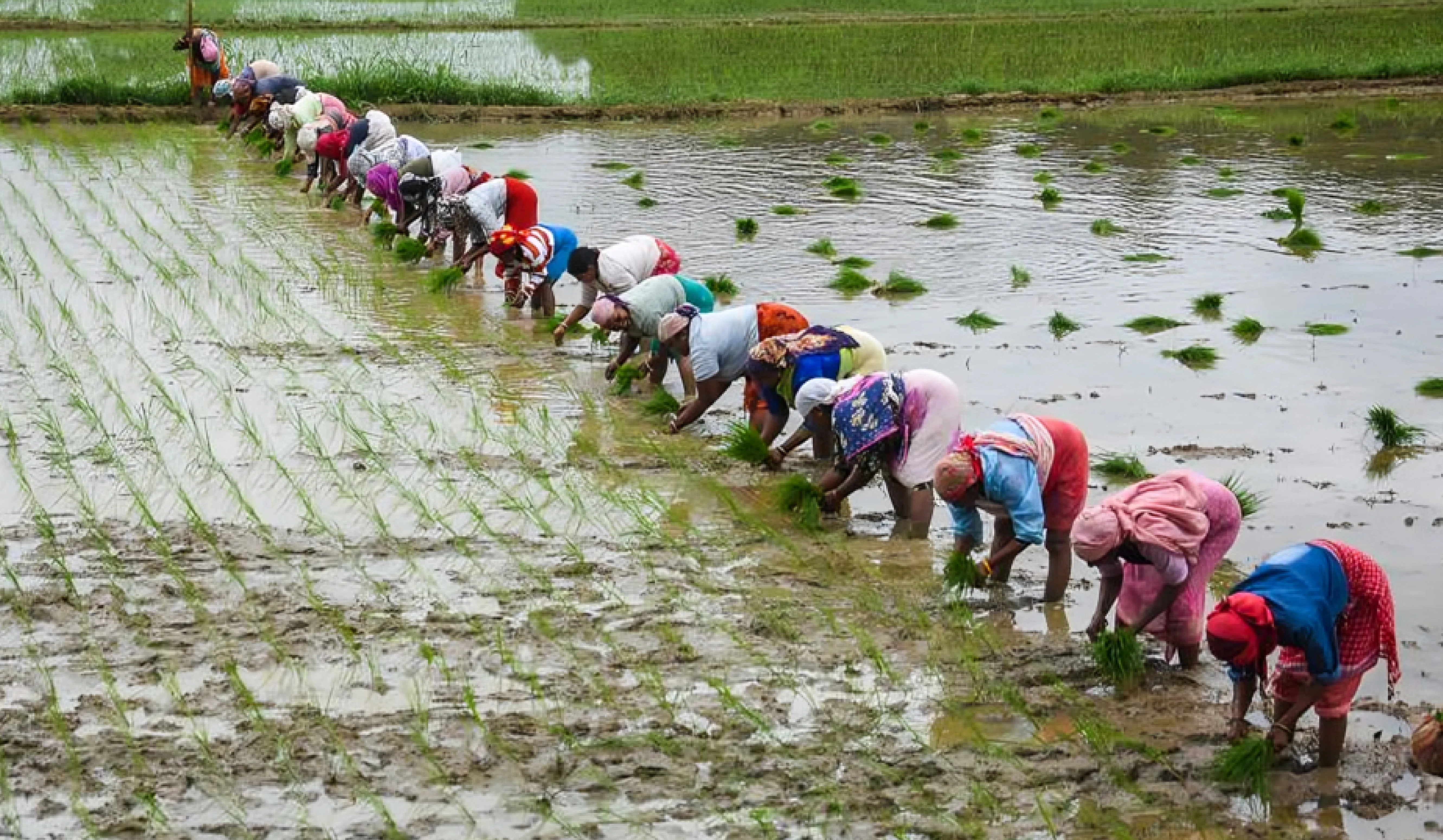These districts are to be developed under the Prime Minister Dhan-Dhaanya Krishi Yojana (PMDDKY) across 29 states and UTs.
- Identification of AADs is based on three factors – low productivity, low crop intensity, and below-average access to credit.
- Government also appointed 100 Central Nodal Officers (CNOs) for monitoring the scheme’s performance across the selected districts.
- There will be committees formed at District, State and National level for effective planning, implementation and monitoring.
About PMDDKY
- It draws inspiration from NITI Aayog’s Aspirational District Programme, which aims to transform 112 most underdeveloped districts across the country.
- Scheme Convergence: Designed to catalyse growth in 100 agri-districts through saturation-based convergence of 36 Central schemes across 11 Ministries, for a period of six years starting FY 2025–26.
- Geographic Inclusion: The number of districts in each state/UT will be based on the share of Net Cropped Area and operational holdings.
- However, a minimum of one district from each state is to be selected.
- District Level Planning: Each selected district will establish a District Dhan-Dhaanya Krishi Yojana (DDKY) Samiti, chaired by the District Collector or Gram Panchayat.
- DDKY Samiti will prepare a District Agriculture & Allied Activities Plan.

Progress Monitoring: The progress of each Dhan-Dhaanya district will be tracked using 117 Key Performance Indicators (KPIs) on





